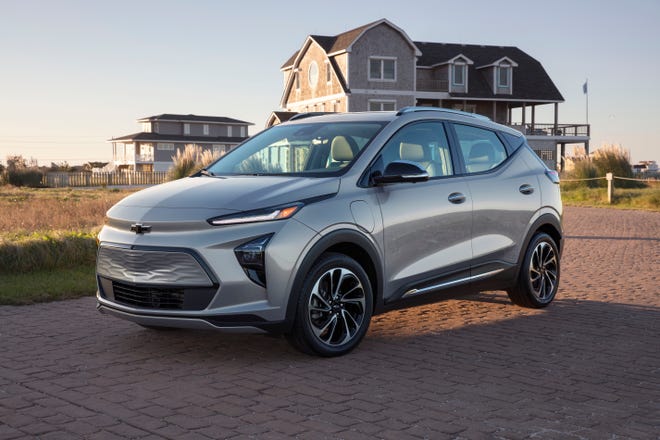
Back from an embarrassing production halt due to faulty batteries, the 2022 and 2023 Chevrolet Bolt EUV and Bolt make a strong case for being the best affordable electric vehicle on the market.
Deep price cuts and appealing features including up to 252 miles on a fully charged battery make them attractive alternatives to flashier, more expensive EVs like the Cadillac Lyriq and Ford F-150 Lightning and Rivian R1T.
GM reduced the sticker prices of a Bolt small car $5,900 and cut the slightly larger SUV-style Bolt EUV by $6,300. The new prices will be reflected on the sticker on 2023 models, but the same discount comes off the price of the remaining 2022s.
And, unlike EVs that brag about monthslong waiting lists like keeping the customer waiting is a good thing, you can probably walk out of a dealership with either today. Cox Automotive estimates Chevy has a four-month supply of Bolt EUVs and nearly two months of the smaller Bolts on hand.
That makes either Bolt a good entrée to EVs for people who don’t want to pay a premium for the latest battery technology.
The Bolt was a sensation when it debuted as a 2017 model, sweeping major awards including North American Car of the Year and Free Press Car of the Year. The Bolt EUV, which is a bit bigger and styled to look like a small SUV — it doesn’t offer all-wheel drive, though — debuted in 2021. It was the first Chevy to offer General Motors’ revolutionary Super Cruise hands-free highway driving assistant. It’s still the least expensive vehicle with the system by a wide margin.
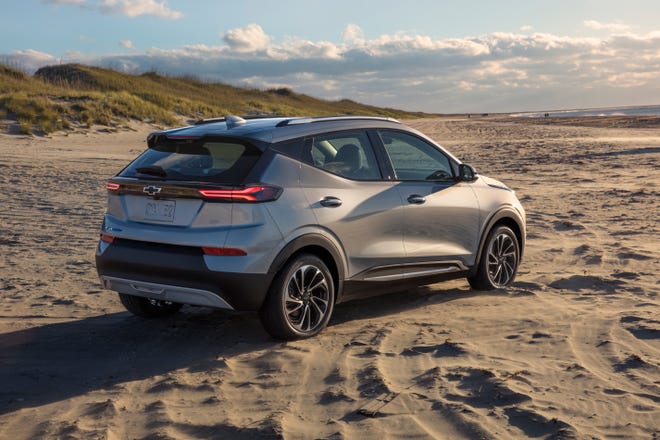
More: Cadillac’s enhanced Super Cruise is just that. Super.
More: 2023 Cadillac Lyriq EV is the answer to some questions, leaves others open
More:Chevrolet Bolt EV to disappear from lineup as new technology rolls out
How much?
The Bolt looks like just another compact small hatchback, a couple of inches shorter than a Kia Soul, but with less character.
That’s largely why Chevy developed the Bolt EUV: It needed an electric vehicle with a little visual pizzazz to boost sales. The EUV is visually distinctive — 6.3 inches longer, fractionally wider and taller, with styling tweaks that make it look more substantial and increase passenger space.
Prices for the 2023 Bolt and Bolt EUV start at $25,600 and $27,200, respectively. All prices exclude destination charge.
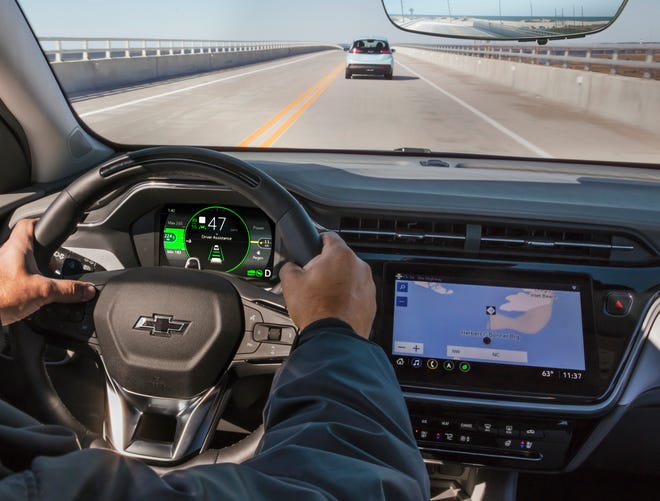
All Bolts come with a 65 kwh lithium-ion battery. A 200-hp electric motor drives the front wheels. Starting with the 2022 model year, all Bolts can accept DC fast charging in addition to the original model’s 240-volt capability.
The Bolt has an EPA estimated range of 252 miles on a full charge. The EUV rates 247 miles.
A full charge at 240v takes about seven hours, perfect for overnight charging at home, the way the Department of Energy estimates more than 80% of EV charging happens.
You get up to 95 miles range in 30 minutes at a DC fast charger, but that’s much slower than new EVs. The Bolt and EUV can only accept DC charging up to 55 kW, while new EVs can charge at 150, 190 or 350 kW.
I tested a top-of-the-line 2022 Bolt EUV Premier. A sporty Redline edition is the only meaningful change coming for the 2023 model.
My test vehicle cost $35,895, after subtracting the $6,300 discount from the window sticker.
The silver — aren’t they all? — EUV Premier was equipped with seven-speaker Bose audio, Super Cruise, panoramic power sun roof, navigation, 10.2-inch touch screen, wireless charging, Apple CarPlay, Android Auto, push-button start, pedestrian assist and automatic braking, heated front seats, power driver’s seat, 17-inch wheels, LED headlights and running lights.

Behind the wheel
2022 Chevrolet Bolt EUV Premier
Front-wheel-drive five-passenger compact electric vehicle
Price as tested: $35,895 (excluding $995 destination charge)
Reasons to buy: Affordable electric vehicle, Super Cruise available
Shortcomings: DC charging speed, regenerative braking less advanced than newer EVs
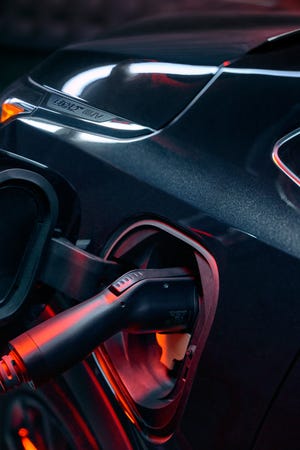
Why is GM giving me such a deal?
The Bolt and Bolt EUV face several obstacles.
Their most direct competitors, the Nissan Leaf and Hyundai Kona electric, get a $7,500 federal tax credit that comes off the sticker price.
GM no longer qualifies for that credit, paradoxically because it’s sold too many EVs. The credit phases out after an automaker sells 200,000 EVs. It expires because it was intended to encourage automakers to build EVs. The assumption was that after selling 200,000, they wouldn’t need any more convincing, but the effect is that the automakers that began making EVs early are penalized versus latecomers.
Only GM and Tesla have sold that many EVs. Toyota’s likely to hit the ceiling later this year.
President Joe Biden proposed raising the cap to encourage more people to buy EVs, but the a Senate caucus quashed the bill.
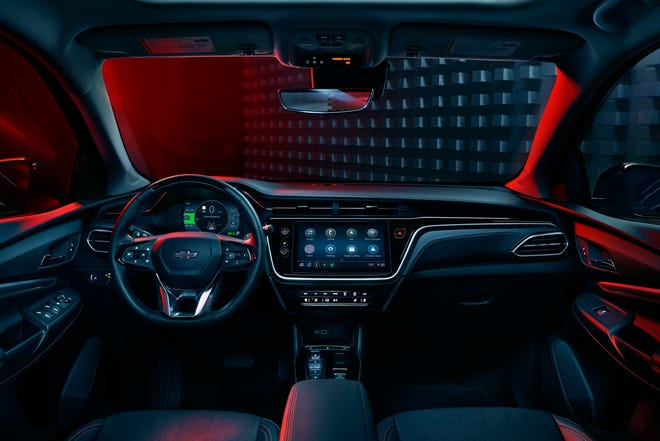
On top of that disadvantage, the Bolt’s styling, batteries and electronics are out of sync with the EVs drawing the most attention today. GM developed the Bolt on the assumption that EV buyers wanted modest little vehicles that maxed out on efficiency, not style or luxury.
It only took a decade watching Tesla build electric sports cars and hyping its super fast “ludicrous mode” for the rest of the auto industry to figure out that’s not the case. The result: Today’s crop of fast and gorgeous Lucid and Cadillac luxury cars, 1,000-hp Hummer EVs and $90,000 Ford F-150 Lightning Platinums.
Completing a sales-killing trifecta, the Bolts had a disastrous recall under which GM told owners their vehicles could burst into flames while charging. It took months for battery supplier LG to fix the problem and production to resume, but all appears to be well now.
Still, a deep price cut was advisable.
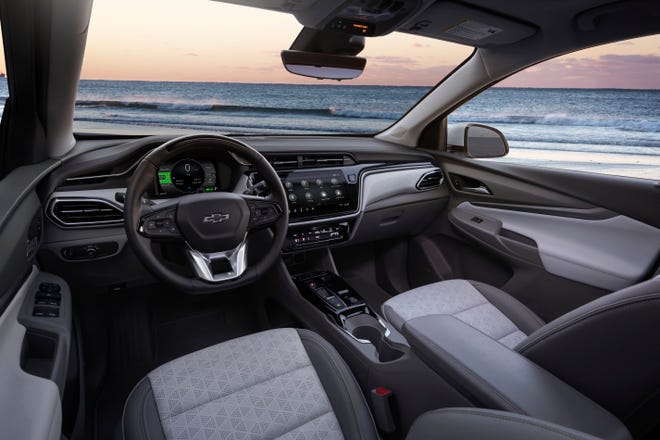
Safety and driver assistance features
- Automatic emergency braking
- Front pedestrian braking
- Blind spot alert
- Cross traffic alert
- Automatic high beams
- Lane keeping alert and assist
- Following distance indicator
- Forward collision alert
- Adaptive cruise control
- Super Cruise
Driving impressions
The Bolt EUV is a roomy and comfortable car. The rear seat has plenty of legroom and the long, SUV-style roof provides good headroom.
The electric motor delivers immediate acceleration and the steering is direct and responsive. The EUV doesn’t pretend to be a sporty vehicle, but its power and maneuverability are everything most owners are likely to want.
A paddle on the left side of the steering wheel allows you to increase energy regeneration when slowing down. I got used to it fairly quickly, but didn’t find it as useful as the variable one-pedal driving settings many EVs offer. In addition, the placement of a paddle on just one side of the steering wheel made it inaccessible in some turns, just when I wanted the most control over deceleration.
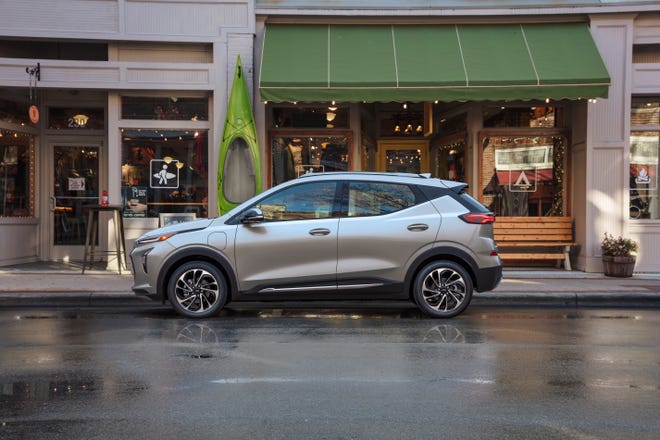
EV engineering is progressing rapidly and that’s the most obvious example of a feature that was class-leading when the Bolt was originally engineered, but now trails the competition.
The instruments and controls are clear and generally easy to use. Toggles manage climate functions including temperature, fan speed, seat ventilation and heating. There’s a volume dial, but not one for tuning.
The volume dial, touch screen home button and a dial to scroll through features are closely spaced in a spot that’s hard to see behind the steering wheel. I occasionally hit the wrong one, but owners will probably get used to them.
Over a week’s driving, the EUV’s computer-estimated range tracked closely with my real-world energy efficiency.
There’s a lot to like about the Bolt EUV, but the affordable little EV won’t be around forever. The Orion, Michigan, plant that builds it is scheduled to switch to new vehicles with GM’s latest technology in the next 18 months or so. For now, though, the Bolt EUV is an affirmative answer to the question, “Are there any affordable electric vehicles?”
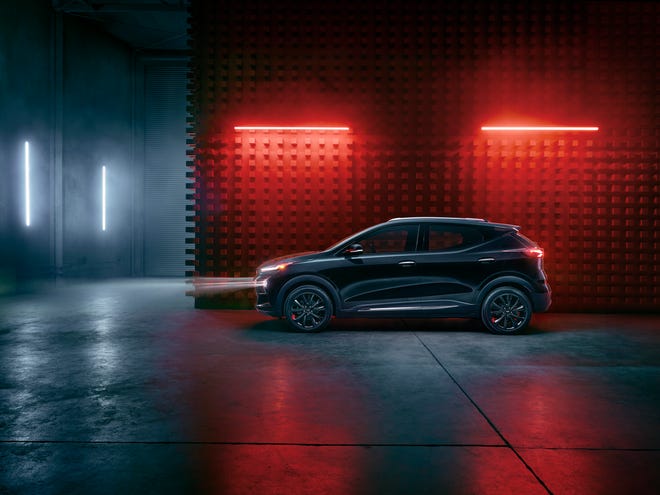
2022 Chevrolet Bolt EUV at a glance
Base price: $33,000 (all prices exclude destination charge)
Front-wheel drive compact 5-passenger electric vehicle
On sale now
Specifications as tested:
Price as tested: $35,995
Motor: Single electric motor
Output: 200-hp/150kW; 266 pound-feet of torque
Transmission: Single-speed direct drive
EPA fuel estimated range: 247 miles
MPGe equivalent to gasoline: 125 city/108 highway/115 combined. 29 kWh/100 miles
EPA estimated annual fuel cost: $550
Charging time: 7 hours @ 240v and 48 amps; 95 miles in 30 minutes with 55kW DC charging
Wheelbase: 105.3 inches
Length: 169.5 inches
Width: 69.7 inches
Height: 63.6 inches
EPA passenger volume: 96.5 cubic feet
Cargo volume: 16.3 cubic feet behind rear seat; 56.9 with rear seat folded
Curb weight: 3,715 pounds
Assembled in Orion, Michigan